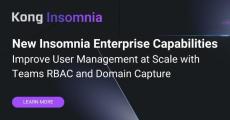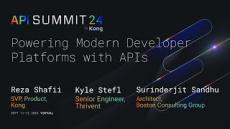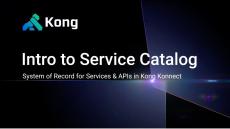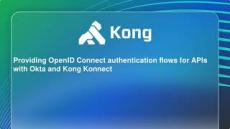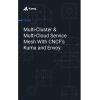- December 2024 (11)
- November 2024 (9)
- October 2024 (9)
- September 2024 (9)
- August 2024 (10)
- July 2024 (12)
- June 2024 (15)
- May 2024 (9)
- April 2024 (12)
- March 2024 (11)
- February 2024 (19)
- January 2024 (11)
- December 2023 (9)
- November 2023 (16)
- October 2023 (17)
- September 2023 (12)
- August 2023 (13)
- July 2023 (11)
- June 2023 (22)
- May 2023 (13)
- April 2023 (27)
- March 2023 (13)
- February 2023 (17)
- January 2023 (9)
- December 2022 (10)
- November 2022 (16)
- October 2022 (12)
- September 2022 (13)
- August 2022 (12)
- July 2022 (12)
- June 2022 (14)
- May 2022 (12)
- April 2022 (7)
- March 2022 (15)
- February 2022 (18)
- January 2022 (26)
- December 2021 (26)
- November 2021 (28)
- October 2021 (31)
- September 2021 (28)
- August 2021 (21)
- July 2021 (21)
- June 2021 (29)
- May 2021 (28)
- April 2021 (14)
- March 2021 (11)
- February 2021 (13)
- January 2021 (11)
- December 2020 (24)
- November 2020 (18)
- October 2020 (14)
- September 2020 (6)
- August 2020 (8)
- July 2020 (11)
- June 2020 (5)
- May 2020 (5)
- April 2020 (7)
- March 2020 (7)
- February 2020 (7)
- January 2020 (6)
- December 2019 (6)
- November 2019 (10)
- October 2019 (9)
- September 2019 (5)
- August 2019 (6)
- July 2019 (4)
- June 2019 (2)
- May 2019 (4)
- April 2019 (2)
- March 2019 (4)
- February 2019 (5)
- January 2019 (7)
- December 2018 (9)
- November 2018 (10)
- October 2018 (3)
- September 2018 (1)
- July 2018 (1)
Next-Generation API Platform for Modern Architectures. Connect all your microservices and APIs with the industry's most performant, scalable and flexible API platform. Empower your developers to build and optimize APIs. Leverage the latest microservice and container design patterns.
The Service Control Platform transcends API management to intelligently broker information across all your services. With Kong’s fast, flexible, and lightweight core, you control your entire service architecture – centralized or decentralized, microservices or monolith. Kong Service Control Platform transforms your static endpoints into a dynamic network of intelligent services.
Built for Modern Architectures:
- Connect Everything: Use plugins to extend and connect services across hybrid and multi-cloud environments, regardless of vendor.
- Accelerate Innovation: Use Kong's robust library of plugins to reduce redundant coding tasks across teams, technologies and geographies.
- Improve Governance: Analyze real-time data to ensure adherence to policies across teams, partners and individual endpoints.
- Automate End-to-end: Connect Kong with automation tools. Generate custom workflows to improve efficiency and reduce errors.
- Unlock New Ecosystems: Instantly leverage new ecosystems. Deploy Kong with Kubernetes, containers, and more out of the box.
- Increase Compliance: Limit access with role-based access control (RBAC). Encrypt end-to-end to comply with industry regulations.
Go Beyond the Gateway. Ready for the next-generation of API platforms?






